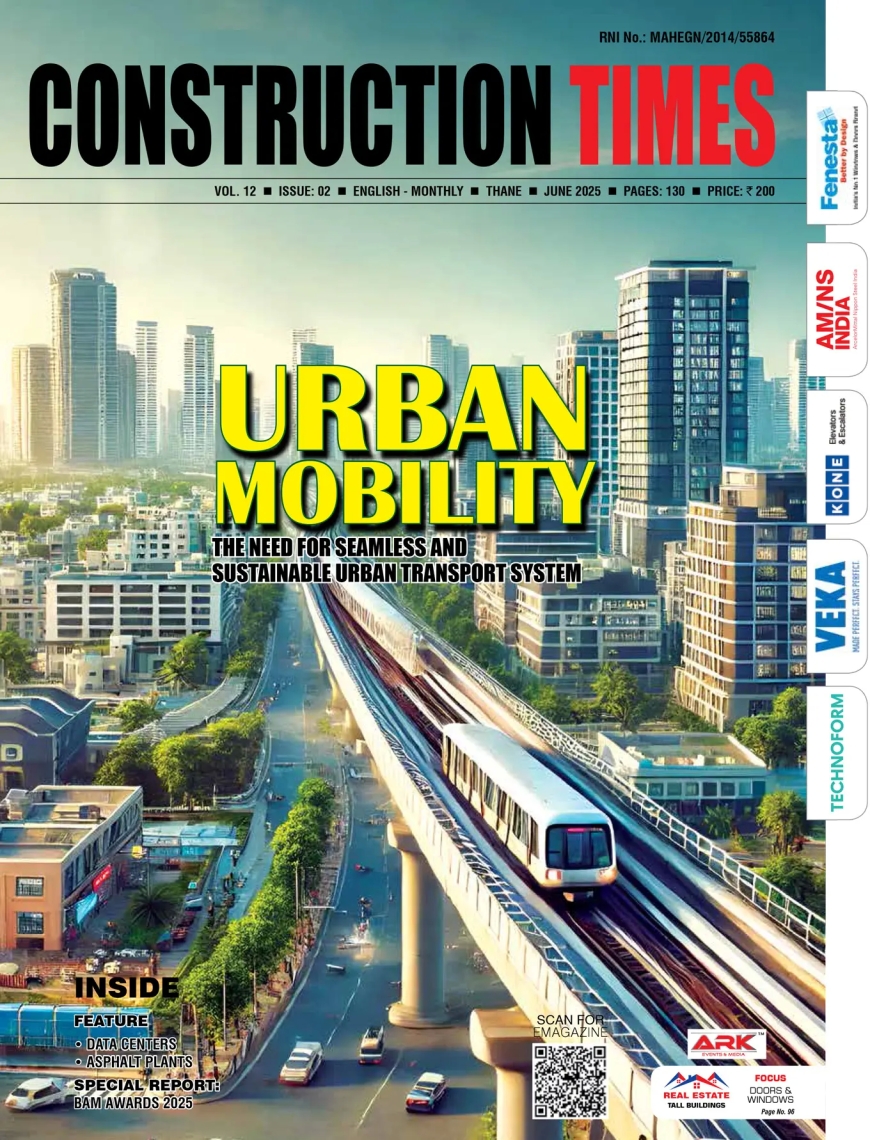EQUIPPED TO EXCEL
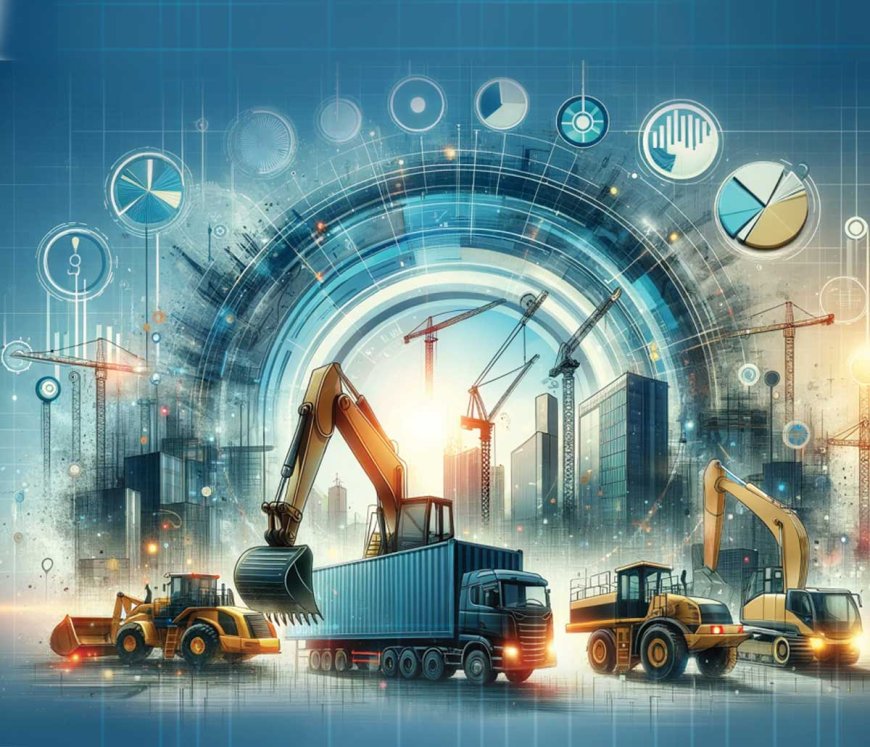
With India continuing to invest in infrastructure, there will be a growing need for technologically advanced equipment with intelligent features in the coming years. The growing demand for emission reduction and net zero goals, construction equipment are also adopting environment-friendly and sustainable features. In this scenario, Construction Times finds out how the Indian construction equipment industry is gearing up to meet the future demand of construction industry in terms of efficiency, productivity and sustainability.
Over the past few years, India has seen overwhelmingly increased construction activities across the infrastructure segments. We are seeing the construction of larger roads and expressways, extended railway connectivity projects in hilly terrains, high-speed rail projects, metro rail projects, airports, warehousing and logistics facilities, housing and urban realty projects, and more. Mining and quarrying are also looking forward for a transformational growth with the utilization of latest technologies and equipment. All these point towards a growing need for more infrastructure equipment with advanced technologies and better productivity.
The growth scenario
India's construction equipment industry experienced a 26% increase in sales, reaching 1,35,650 units in the 2023-24 fiscal year, driven by the government's infrastructure-led growth agenda. According to the Indian Construction Equipment Manufacturers' Association (ICEMA), the industry sold 1,07,779 units in the previous fiscal year. According to ICRA, The industry has witnessed a healthy CAGR of 12% in the last decade (FY2015-FY2024). Before the Covid-induced disruption, the Indian CE industry’s volumes had last peaked at 98,000 units in FY2019 (with CAGR of 18% between FY2015 and FY2019). However, changes in emission norms and an adverse commodity cycle disrupted the momentum in FY2020 and FY2022. Nonetheless, the strong offtake over the last two years has cemented India’s position as the third-largest CE market globally (after the US and China).
Demand drivers
As India continues to be the world’s fastest growing economy with the aim to be a USD 5 trillion economy by 2030 and a developed country by 2047, a massive investment in world-class infrastructure is underway. This demands construction equipment in large scale for the execution of projects in an efficient manner.
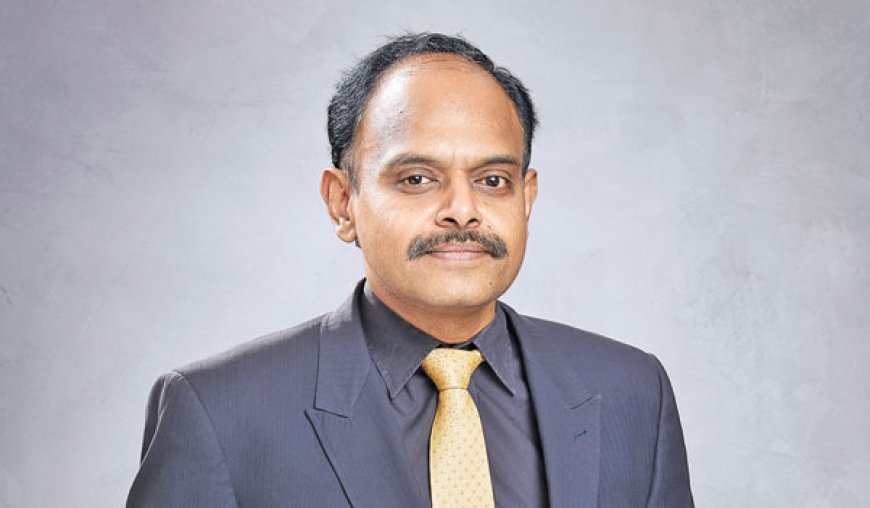
“The Indian construction equipment industry has already been witnessing unprecedented growth in demand across all equipment segments, resulting in two back-to-back record-breaking annual results. Given that construction equipment comprises 15-20% of the average construction project cost, the rapidly growing construction sector is expected to drive demand for the CE industry’s products in the coming years, in existing as well as emerging segments,” says V Vivekanand, President, Indian Construction Equipment Manufacturers’ Association (ICEMA) and Managing Director, Caterpillar India.
The CE industry derives over 90% of its sales (by volume) from the domestic market with road construction and mining & quarrying contributing 60-75% and the real estate, industrial and other urban infrastructure sectors, such as the railways, water supply and power, accounting for the rest. The industry’s strong growth in the last decade is therefore a testament to India’s infrastructure story, according to the ICRA estimates.
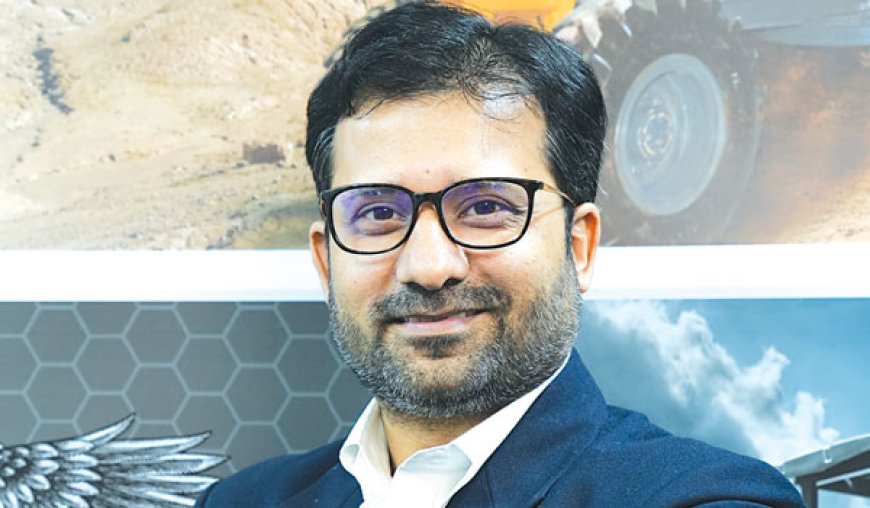
The Indian construction equipment OEMs are also bullish on these trends. “We view this growth scenario of the construction equipment industry as highly promising. The government's emphasis on infrastructure development and urbanization is driving significant demand for advanced and efficient equipment. With initiatives such as 'Make in India' and increased investments in smart cities, we expect the industry to experience steady growth in the coming years,” says Shalabh Chaturvedi, Managing Director, CASE Construction Equipment – India & SAARC region.
Challenges need to be addressed

While the construction equipment industry aspires to be one of the leading sectors of the Indian economy, it faces challenges on several fronts. The CE manufacturers largely depend on imports for critical components like undercarriage, precision hydraulics and electronics. According to ICRA, around 50% of the components, by value, are being imported at present. Moreover, the availability and cost of key raw materials - speciality steel and alloys – is an issue. “The high import dependence exposes the mining and construction equipment (MCE) OEMs to fluctuations in forex and international freight costs, besides elongating their working capital cycle because of the need to maintain higher inventory. The technology gap among tier-I vendors to produce the requisite components and the lack of a vendor ecosystem at tier 2/3 levels is another challenge,” says Ritu Goswami, Assistant Vice President and Sector Head, Corporate Ratings, ICRA Limited. On the demand side, a lack of sustained domestic demand due to economic cycles or delays/ambiguity in the implementation timelines of infrastructure projects constrains the industry’s ability to assess and invest timely in R&D and capacity creation.
Technology advancements
In order to meet the rapidly transforming demand for construction equipment, the CE industry players are adopting the latest technologies and innovations, to produce machines with higher levels of efficiency, productivity, safety and sustainability. “This process is being facilitated by adoption of the CE Technology Roadmap 2035 which was prepared by ICEMA in consultation with industry and government experts, and released in August 2023 by Shri Nitin Gadkari, Hon’ble Minister, MoRTH. The Technology Roadmap is serving as a step-by-step guide for CE manufacturers to embrace the three salient focus areas of Jobsite Safety, Jobsite Solutions and Sustainability as they pursue the path of tech-enabled growth,” says Vivekanand.
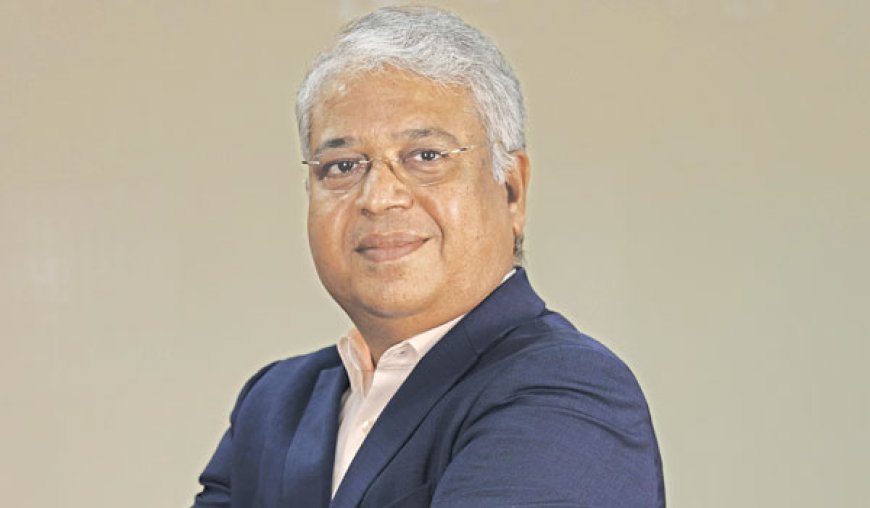
“Our commitment to R&D has resulted in the launch of over 25 new products in 2023, designed to improve productivity and efficiency. By integrating digital technologies such as AI, IoT, and telematics, our equipment offers advanced features that optimize operations and reduce downtime. Our focus on sustainability ensures that our products are not only high-performing but also environmentally friendly, aligning with global standards and regulations,” says V G Sakthikumar, Chairman & Managing Director, SCHWING Stetter India.

Caterpillar strives for continuous improvement, ensuring that road construction projects in India benefit from the latest technological advancements and sustainability practices. “The advanced technology in our machines results in reduced fuel consumption and extended maintenance intervals. This dual benefit not only enhances operational efficiency but also significantly lowers carbon emissions. With more than 1.5 million connected assets capturing and reporting machine condition around the world, customers are now availing solutions like Cat Productivity, a cloud-based productivity management tool and VisionLink® to help increase uptime and maximize profitability,” adds Mukul Dixit, Director, Sales & Marketing, Global Construction & Infrastructure (GCI), Caterpillar India.
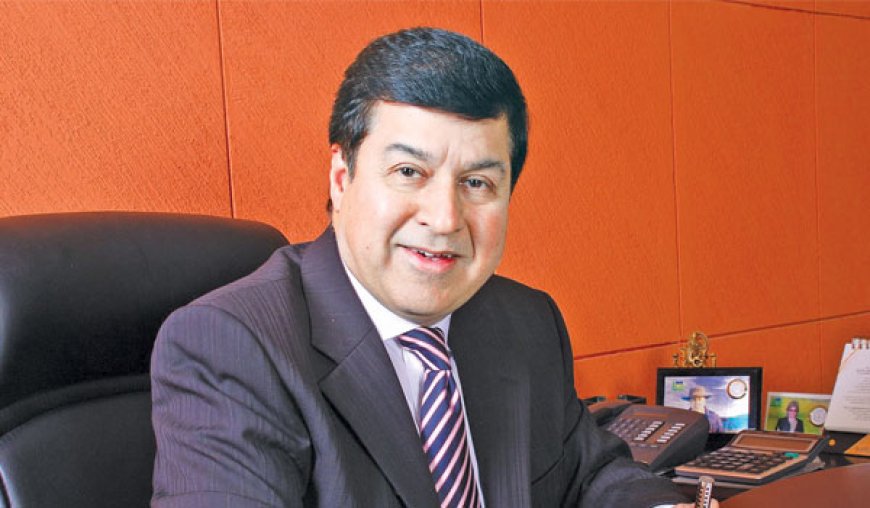
“We constantly strive to understand customer needs and global market trends, allowing us to provide solutions that increase productivity, save operational costs, and improve health and safety standards. Our production facilities enable us to quickly adjust to market changes and maintain a competitive edge across the country,” adds Sudhir Seth, Chairman Emeritus, Sudhir Power Ltd, while speaking on the importance of adopting latest technology changes.
Complying with emission & sustainability needs
The Indian construction equipment industry is prepared for the BS CEV V standard which will be effective January 1, 2025. This will further enhance the emission reduction in construction and infrastructure projects. According to Vivekanand, OEMs are working on development of construction equipment powered by alternate fuels such as hydrogen, CNG, methanol, bio-diesel and hybrid technologies to reduce emissions. Further, electrically powered CEVs have also been developed on fast track, by most of the OEMs.
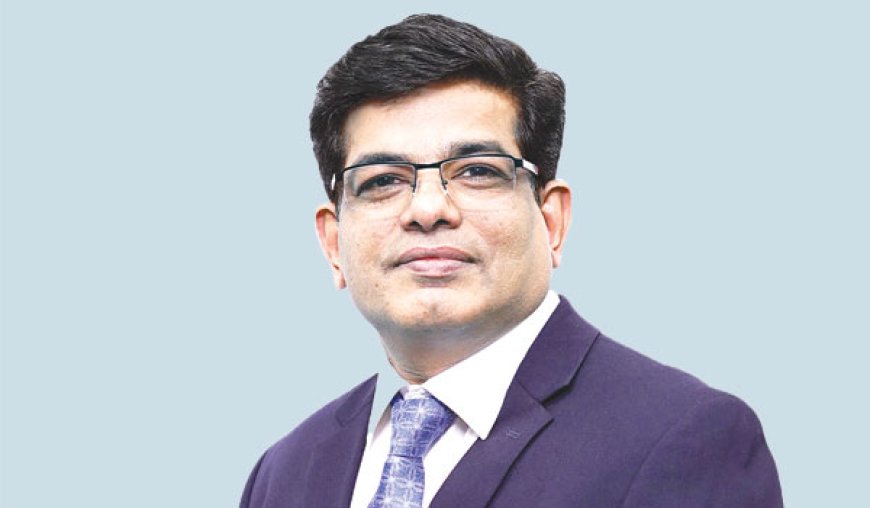
Nitin Jirafe, Engine Business Leader, Cummins India, elaborates on how the industry players are embracing alternate power solutions. “Amid rising concerns about climate change and greenhouse gas emissions, the construction equipment industry is gradually shifting towards alternative power solutions. Utilizing renewable energy in construction equipment helps lower carbon emissions and promotes more eco-friendly building practices. By leveraging renewable energy sources, construction companies can decrease their dependence on fossil fuels and make significant strides towards a more sustainable future.”
Make in India for the world
According to Vivekanand, the Indian construction equipment industry, in pursuing the objectives of CE Vision Plan 2030, is poised to emerge as the prime global manufacturing hub for construction equipment by the end of the decade.
As India emerges as a global manufacturing hub, Schwing STETTER India is raising the benchmark of quality through stringent quality control processes and continuous innovation. “Our state-of-the-art production facilities use the highest quality materials and components, ensuring durability and reliability. We employ advanced manufacturing technologies and conduct rigorous inspections at every stage of production. By aligning our products with global standards and incorporating customer feedback into our development processes, we ensure that our equipment meets the highest international quality standards,” says Sakthikumar.

Bhupinder Singh, CEO, bauma CONEXPO INDIA, highlights the need for resolving some of the critical challenges faced by the industry. “India's emergence as a global manufacturing hub is driven in no small measure by the government’s push towards ecosystem localisation as well as aggressive development targets due to which we are seeing expanding opportunities for higher mechanisation and equipment automation. To leverage these opportunities, the industry needs to resolve some critical challenges such as import dependence of certain key components, the lack of trained and certified equipment operators, etc.”
Gearing up for excellent future
According to Goswami, to reach its goal of transforming India into a ‘developed country’ by 2047, the Government would have to develop infrastructure faster than before. This would mean increasing the number and/or ticket size of the projects and introducing higher mechanisation levels and technologically advanced equipment to ensure timely implementation. “The domestic CE industry already has a strong product line and with the debottlenecking of key issues, it has the potential to emerge as a strong global player in the coming decade,” she adds.
Besides the enormous growth potential due to new trends and segments in the domestic market, export markets are another area of focus, as Indian CE industry gears up to attain the number 2 spot in the global CE arena, according to Vivekanand.
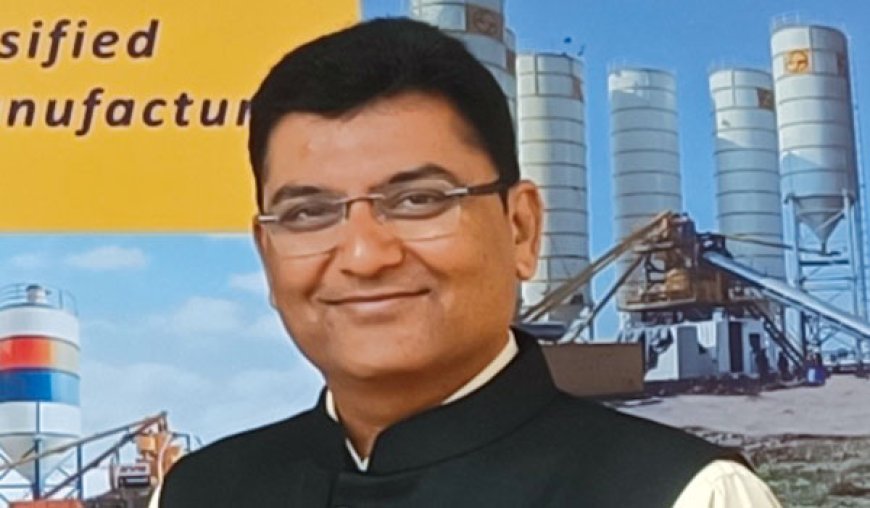
Highlighting the importance of adopting the latest digital technologies, Kalpesh Soni, Vice President, KYB Conmat, adds, “India is also actively embracing AI, EV, and advanced battery solutions in the construction sector, in line with its steadfast commitment to sustainable development. This strategic adoption aligns with the nation's vision for a more environmentally conscious and technologically proficient construction landscape.”
As Indian CE industry gears up to attain the number 2 spot in the global CE arena, the industry needs to focus more on reducing carbon footprints, introducing more versatile equipment, incorporating smart features, skilling operators, and increasing exports, among others.







